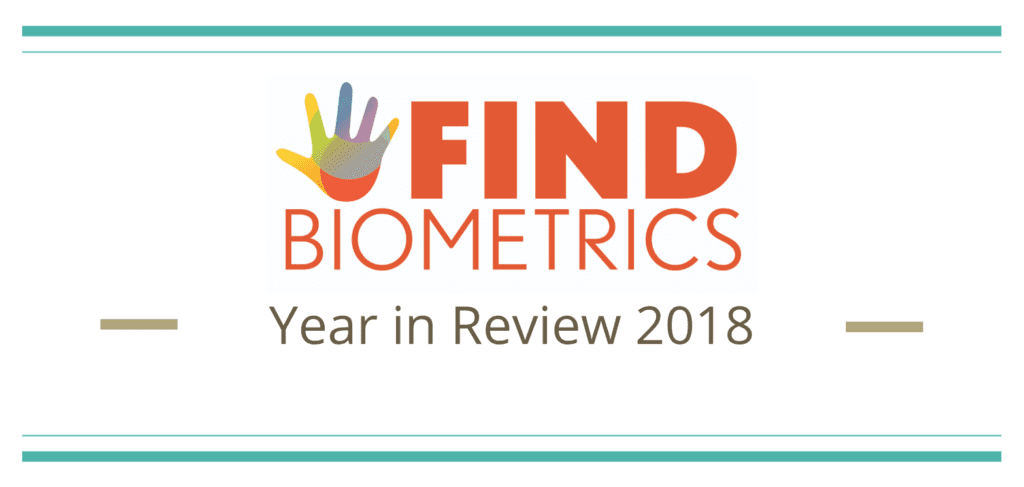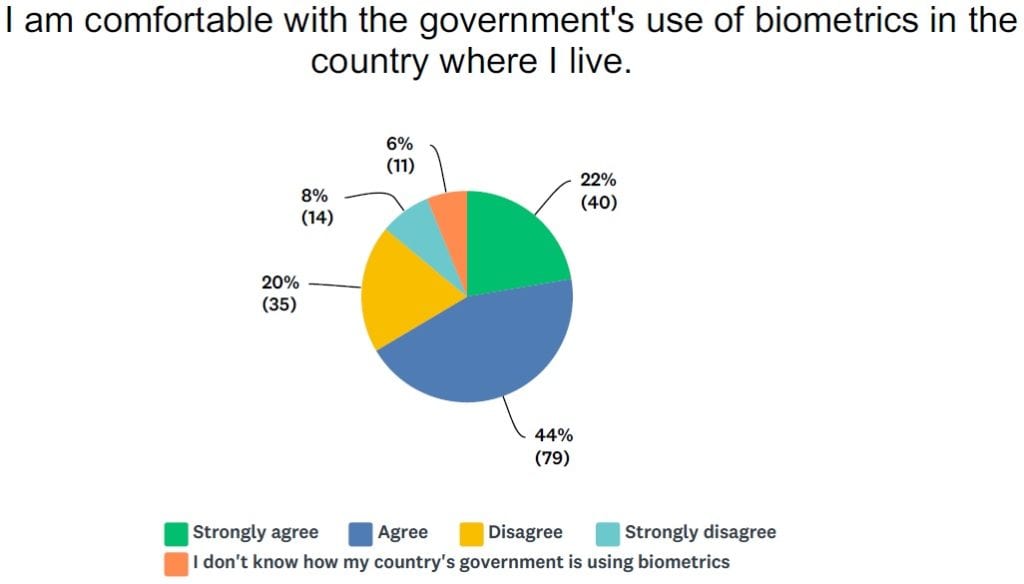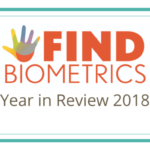
Respondents to FindBiometrics’ latest Year in Review survey tend to have shown a high level of comfort with – and enthusiasm for – biometric technologies, though that attitude took a notable dip when it came to the topic of how the government uses biometric technologies.
Question 12 of the survey asked respondents to indicate how strongly they agreed with the statement, “I am comfortable with the government’s use of biometrics in the country where I live.” A majority of respondents agreed, but not such a solid one as with many of the other questions in the survey. Only 22 percent said they “Strongly agree”, with another 44 percent indicating that they “Agree”; meanwhile 20 percent disagreed and another eight percent said they “Strongly disagree”.

In some respects, there is good reason for wariness, depending on where one lives. In the US, privacy and civil rights advocates have railed against the Customs and Border Protection agency’s increasing use of biometric identification technologies at airports and other border checkpoints, and against government use of facial recognition for public security more broadly; but there have also been indications that most consumers are okay with such applications of biometric technology when used reasonably. In a place like China, though, it’s a different story: Biometric surveillance is extensive and pervasive, with automated facial recognition systems even being used to ticket jaywalkers.
India, meanwhile, offers something of a middle ground: The government’s Aadhaar biometric national ID program is groundbreaking and has helped the country to advance in a broader digitization program. But it has also seen a lot of red flags raised over how citizens’ biometric data is stored and secured, about privacy rights concerns, and about general mismanagement. It’s not hard to imagine some mixed feelings among citizens living under this scheme.
One more set of responses to this question may shed some light on how such mixed feelings could be resolved: Six percent of respondents indicated that they didn’t know enough about how their country’s government is using biometrics. It’s a small proportion, but it may point to a bigger issue, with many of the other respondents potentially being misinformed or under-informed about how their government is using this technology. And if that’s true, there’s an opportunity for government authorities to get citizens more comfortable with the technology by taking a clear and transparent approach in how it’s being used.
–
January 30, 2019 – by Alex Perala







Follow Us